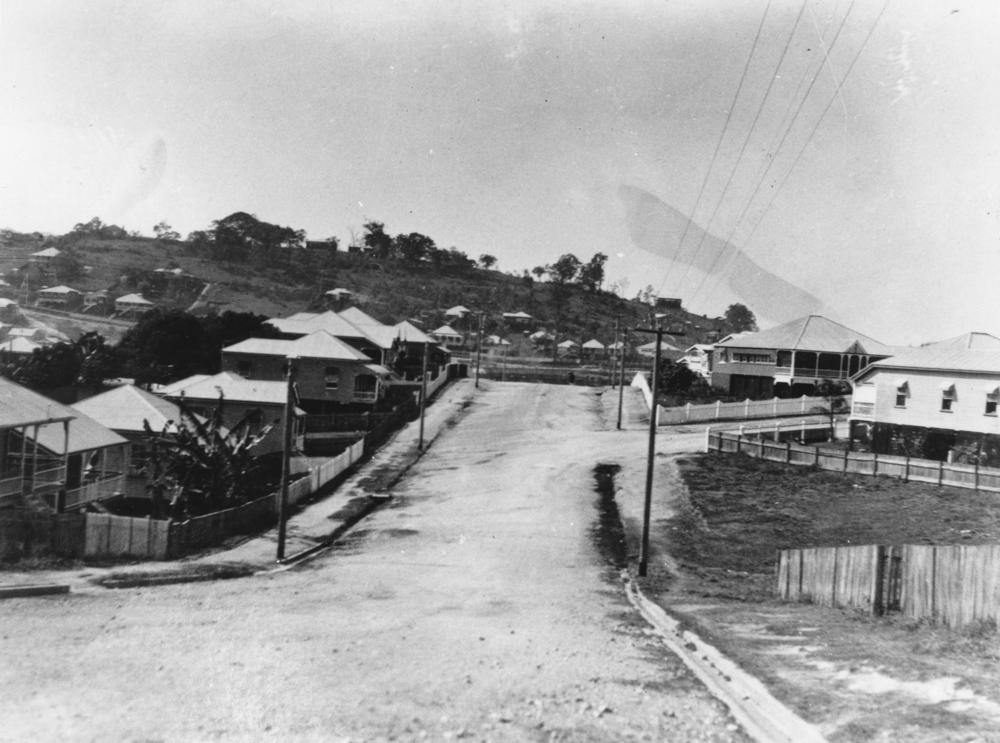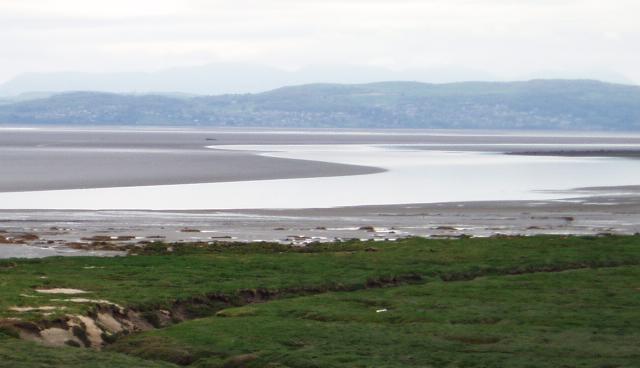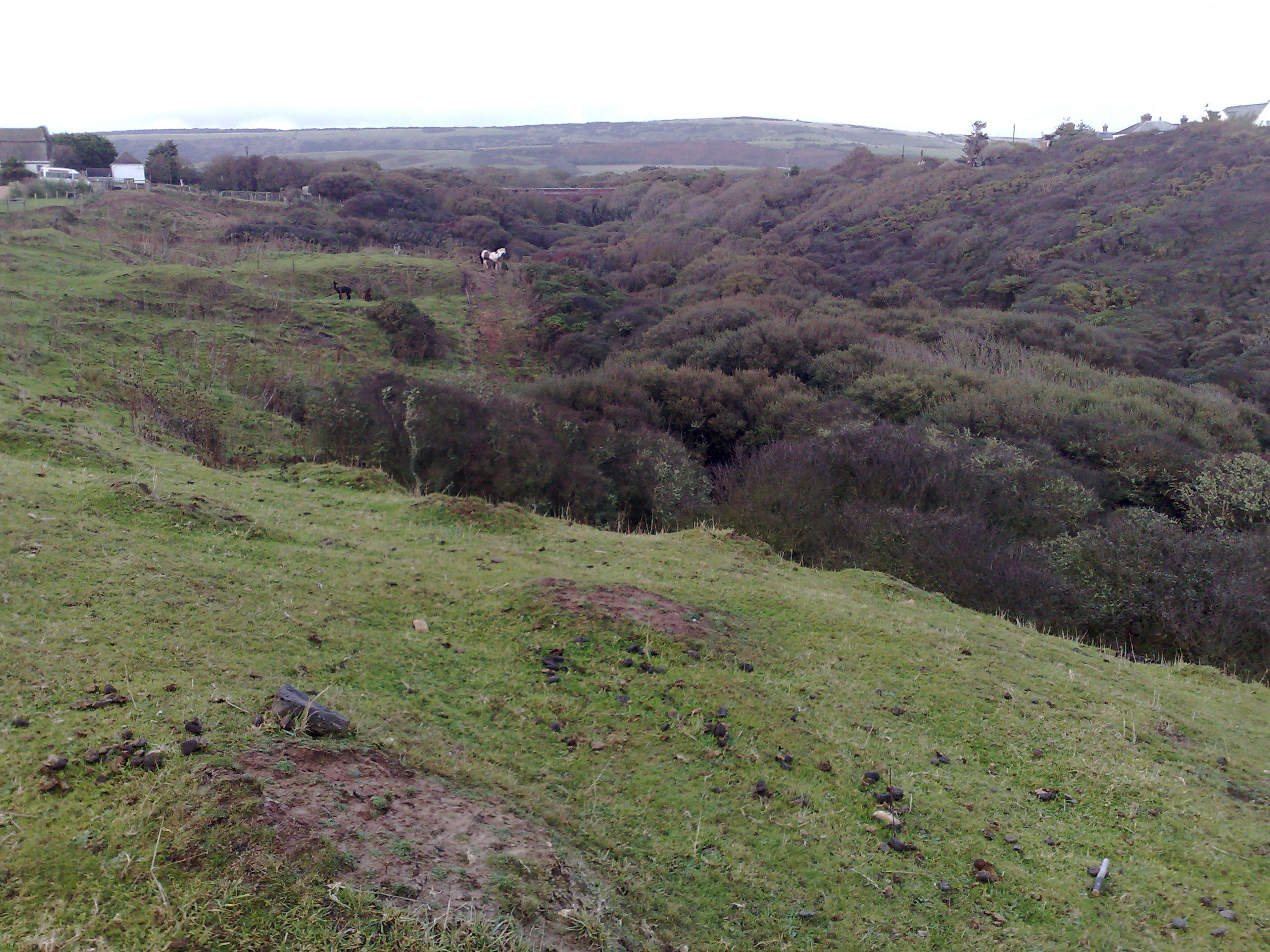|
Grange
Grange may refer to: Buildings * Grange House, Scotland, built in 1564, and demolished in 1906 * Grange Estate, Pennsylvania, built in 1682 * Monastic grange, a farming estate belonging to a monastery Geography Australia * Grange, South Australia, a suburb of Adelaide * Grange, Queensland, a suburb of Brisbane Ireland County Westmeath * Grange, Kilbixy, a townland in Kilbixy civil parish, barony of Moygoish * Grange, Kilcumreragh, a townland in Kilcumreragh civil parish, barony of Moycashel * Grange, Lackan, a townland in Lackan civil parish, barony of Corkaree Other counties * Grange, either of two townlands in County Laois, in the baronies of Ballyadams and Tinnahinch * Grange, Cork, a residential neighborhood in Douglas, County Cork, a suburb of the city of Cork * Grange stone circle in County Limerick near Lough Gur * Grange, County Sligo * Grange, County Tipperary * Grange, County Waterford United Kingdom England * Grange, a hamlet in the Medway district of Kent * Gr ... [...More Info...] [...Related Items...] OR: [Wikipedia] [Google] [Baidu] |
Grange, Queensland
Grange is a northern suburb in the City of Brisbane, Queensland, Australia. In the , Grange had a population of 4,318 people. Geography Grange is located north of the Brisbane central business district, on the southern side of Kedron Brook. It is sometimes referred to as The Grange. There is a hill in the west of the surbub called The Pinnacle () rising to above sea level. History Prior to the arrival of British settlers, the Grange area consisted of areas of open grassland and thinly wooded plains. In the 1860s fellmonger T. K. Peate established The Grange Tannery and Fellmongery Company on Kedron Brook. Suburban development of the area commenced in 1903 with the subdivision of T. K. Peate's property into "the Grange Estate". The name of the suburb is derived from that of Peate's property: "Grange" is believed to be an Old English word meaning granary. Many houses in the suburb are of the Queenslander architectural style. In about March 1918 a block of land was purc ... [...More Info...] [...Related Items...] OR: [Wikipedia] [Google] [Baidu] |
Grange, South Australia
Grange is a coastal suburb of the City of Charles Sturt, in Adelaide, South Australia, located about from the Adelaide city centre. The suburb is named after Captain Charles Sturt's cottage, built in 1840–41, which still stands and is now a museum. In addition to Grange Beach, the suburb has several parks and reserves, as well as the Grange Hotel, which was originally licensed in 1881. Geography Grange is a suburb with partial frontage to Gulf St Vincent located about west of the Adelaide city centre. It has a land area of . Its land boundaries (in clockwise order from the north-west) are Fort Street, Military Road, Trimmer Parade, Sportsmans Drive, Brebner Drive, Frederick Road and Grange Road. History Originally called The Grange, the suburb is named after Captain Charles Sturt's cottage, which originally stood on of farmland. Sturt's farm was subdivided in 1878 by a private company intending to establish a beach resort. The cottage still stands and is now a mus ... [...More Info...] [...Related Items...] OR: [Wikipedia] [Google] [Baidu] |
Grange-over-Sands
Grange-over-Sands is a town and civil parish located on the north side of Morecambe Bay in Cumbria, England, a few miles south of the Lake District National Park. In the 2001 census the parish had a population of 4,042, increasing at the 2011 census to 4,114. Historically part of Lancashire, the town was created as an urban district in 1894. Since the 1974 local government re-organisation, it has been of the South Lakeland district of Cumbria, though it remains part of the Duchy of Lancaster. Travelling by road, Grange-over-Sands is to the south of Kendal, to the east of Ulverston, to the east of Barrow-in-Furness and to the west of Lancaster. History The town developed in the Victorian era from a small fishing village and the arrival of the railway in 1857 made it a popular seaside resort on the north side of Morecambe Bay, across the sands from Morecambe. The "over-Sands" suffix was added in the late 19th or early 20th century by the local vicar, who was fed up with h ... [...More Info...] [...Related Items...] OR: [Wikipedia] [Google] [Baidu] |
Grange, Cork
Douglas () is a suburb, with a village core, in Cork city, Ireland. Douglas is also the name of the townland, Roman Catholic parish, Church of Ireland parish and civil parish in which it is contained. Originally a separate village, the growth of both the village and the city has meant Douglas has become incorporated into the city over time. The 2017 Mackinnon Report proposed that Douglas and surrounding residential areas be moved to within an extended Cork City Council boundary, ending the division of Douglas between the city and county administrative areas. Douglas, along with Rochestown, Grange and Frankfield, formally moved into the city council area on 31 May 2019, following the 2019 local elections. History Prehistory There are a number of extant or proposed prehistoric sites in Douglas and the surrounding area, including a shell midden, ringforts, souterrains, and a fulacht fiadh. Further evidence of prehistoric settlement in the area includes the finding of a Br ... [...More Info...] [...Related Items...] OR: [Wikipedia] [Google] [Baidu] |
Grange, Merseyside
Grange (historically known as Caldy Grange, which gives its name to the local grammar school) is a suburb of West Kirby, on the Wirral Peninsula, in the Metropolitan Borough of Wirral, Merseyside, England. The suburb is contiguous with Newton to the north east. Historically part of the county of Cheshire, it is within the local government ward of West Kirby and Thurstaston and the parliamentary constituency of Wirral West. History According to the Domesday Book of 1086, Grange (also called Great Caldy, or Caldy Grange) was one of the estates owned by Hugh Delamere, consisting of a single household. The land later passed into the hands of Basingwerk Abbey, until the dissolution of the Monasteries. In the seventeenth century it became the property of William Glegg who also founded Calday Grange Grammar School, and it remained the property of the Gleggs until 1785, when it was bought by John Leigh, a Liverpool solicitor and property speculator, who refounded the grammar sch ... [...More Info...] [...Related Items...] OR: [Wikipedia] [Google] [Baidu] |
Grange, County Sligo
Grange () is a village on the N15 national primary road in County Sligo, Ireland. It is located between Benbulben mountain and the Atlantic Ocean. Streedagh, a townland near Grange, is the location of a large sandy beach, three Armada wrecks and a salt water lagoon that is an area of Special Conservation. Streedagh strand is also a surfing destination. A short distance to the north are the towns of Ballyshannon and Bundoran, a surfing and seaside resort which are both bypassed, and the villages of Tullaghan and Cliffoney. To the south are Drumcliff, burial place of poet and Nobel laureate W. B. Yeats, and Sligo town. History The old village is on the hill to the north of the present village. Grange developed on land belonging to the Cistercian monastery of Boyle in County Roscommon. Grange village was a stronghold of the O'Harte and O'Connor families throughout the Medieval period. The O'Hartes provided cavalry for the O'Connor Sligo Lords of Carbury-Drumcliff. A castle onc ... [...More Info...] [...Related Items...] OR: [Wikipedia] [Google] [Baidu] |
Grange St Colmcille's GAC
St Colmcille's GAC, Grange ( ga, Naomh Colmcille CLG, An Ghráinseach) is a Gaelic Athletic Association club near Loughgall, County Armagh, Northern Ireland. It is part of Armagh GAA and takes its name from the local Roman Catholic parish.Grange page on Armagh GAA website Their ground is St Colmcille's Park, Grange ( ga, Páirc Naomh Colmcille, An Ghráinseach). The club plays Gaelic football in the Armagh Intermediate Championship, and also has Ladies' and underage teams. [...More Info...] [...Related Items...] OR: [Wikipedia] [Google] [Baidu] |
Grange, Kilbixy
Grange is a townland in County Westmeath, Ireland. It is located about north–west of Mullingar. Grange is one of 22 townlands of the civil parish of Kilbixy in the barony of Moygoish in the Province of Leinster. The townland covers . The neighbouring townlands are: Tristernagh Demesne to the north, Farrow to the east, Piercefield or Templeoran to the east, Ballyhug to the south and Ballyhoreen and Tristernagh to the west. In the 1911 census of Ireland there were 11 houses and 48 inhabitants [...More Info...] [...Related Items...] OR: [Wikipedia] [Google] [Baidu] |
Grange, Lackan
Grange is a townland in County Westmeath, Ireland. It is located about north-north–west of Mullingar. Grange is one of 10 townlands of the civil parish of Lackan in the barony of Corkaree in the Province of Leinster. The townland covers . The neighbouring townlands are: Ballyharney to the north, Lackan to the east, Carrick to the south and Ballinalack and Cappagh to the west. In the 1911 census of Ireland The 1911 Census of Ireland was the last census that covered the whole island of Ireland. Censuses were taken at ten-year intervals from 1821 onwards, but the 1921 census was cancelled due to the Irish War of Independence. The original records ... there were 3 houses and 18 inhabitants [...More Info...] [...Related Items...] OR: [Wikipedia] [Google] [Baidu] |
Creech Grange
Creech Grange is a country house in Steeple, south of Wareham in Dorset at the foot of the Purbeck Hills. Historic England designate it as a Grade I listed building. The park and gardens are Grade II* listed in the National Register of Historic Parks and Gardens. History The house was built by Sir Oliver Lawrence (1507–1559), who acquired the land from the former Bindon Abbey, near Wool, after the Dissolution of the Monasteries in 1539. Lawrence was the brother-in-law of Henry's Lord Chancellor, Thomas Wriothesley, 1st Earl of Southampton. Lawrence was an ancestor of the first American president, George Washington, and the joint arms of the two families - the stars and stripes of Washington's signet ring and the American flag - appear in memorials at Steeple and Affpuddle. Creech Grange was sold to Nathaniel Bond in 1691, and the family still hold their Purbeck estates. It was Thomas Bond who in Stuart times laid out the London Street over fields of swamp and refuse tips ... [...More Info...] [...Related Items...] OR: [Wikipedia] [Google] [Baidu] |
Grange Chine
Grange Chine and Marsh Chine form a geological feature on the south west coast of the Isle of Wight, England. They lie to the south of the village of Brighstone. These two chines form the largest chine feature on the Isle of Wight. The Grange Chine starts at the southern edge of Brighstone and runs south-west, crosses under the A3055 Military Road at the hamlet of Marsh Green then continues for about five hundred metres to reach the beach at Brighstone Bay. The Marsh Chine starts to the east of Marsh Green alongside the A3055 and runs west where it joins the larger Grange Chine before it reaches the beach. Both chines have much shallower sides than other chines on the Isle of Wight and are extensively covered with hardy bushes, stunted trees and scrub. The Chines drain water from the southern slopes of Brighstone Down and from as far as Shorwell to the east. The stream ( the Buddle Brook) formed is significant enough to power two mills, Yafford Mill and Brighstone Mill, an ... [...More Info...] [...Related Items...] OR: [Wikipedia] [Google] [Baidu] |
Grange In Borrowdale
Grange, often called Grange in Borrowdale, is a village in Borrowdale in the English Lake District. It lies just off the B5289 road to the south of Derwent Water and south of Keswick, in the county of Cumbria, historically part of Cumberland, Historically part of Cumberland, the village is overlooked by Grange Fell and Castle Crag, which flank either side of the narrow section of Borrowdale in which it sits. Its origins date back to medieval times, when the monks of Furness Abbey built a monastic grange on the site. The double-arched bridge that links the village to the B5289 across the River Derwent was built in 1675. Holy Trinity Church followed in 1861. The novelist Hugh Walpole owned Brackenburn, a large house about to the north of Grange, and lived there from 1924 until his death in 1941. Governance Grange in Borrowdale is within the Copeland UK Parliamentary constituency. Trudy Harrison is the Member of Parliament. Before Brexit for the European Parliament its res ... [...More Info...] [...Related Items...] OR: [Wikipedia] [Google] [Baidu] |





